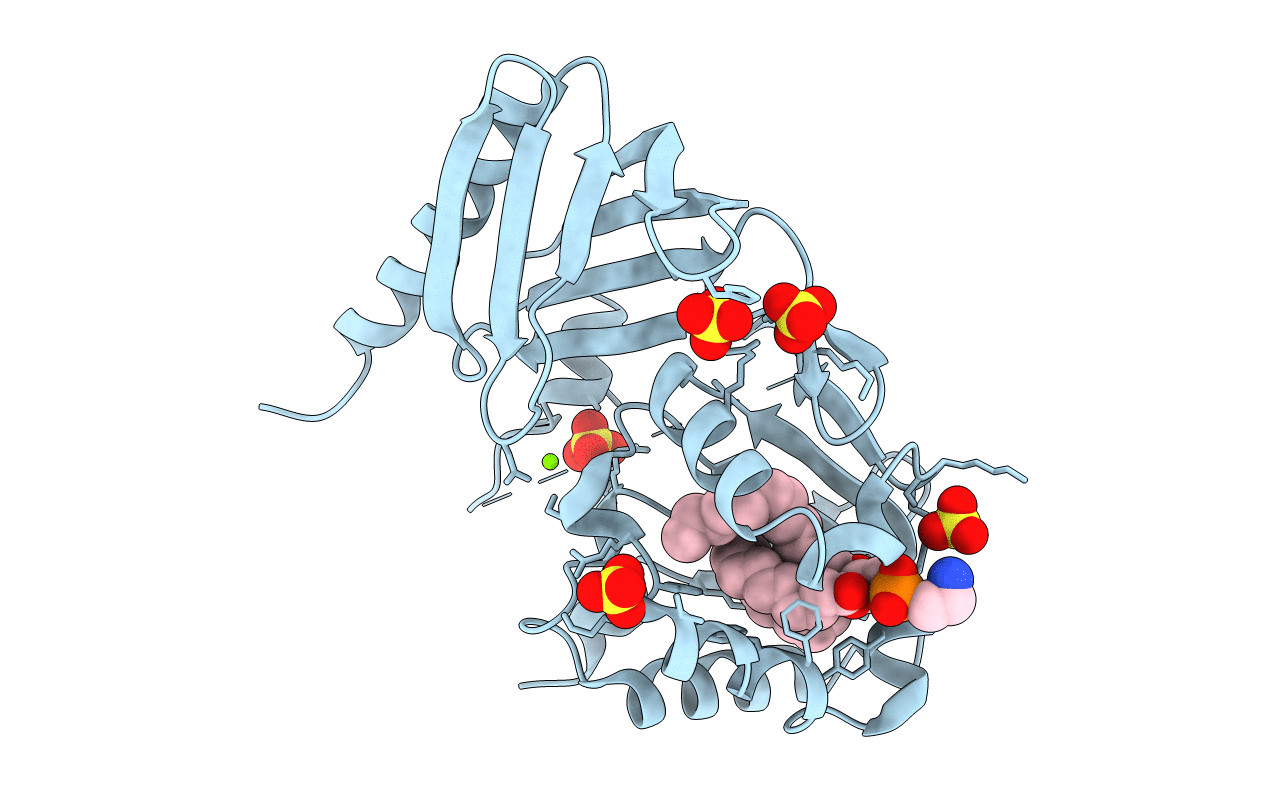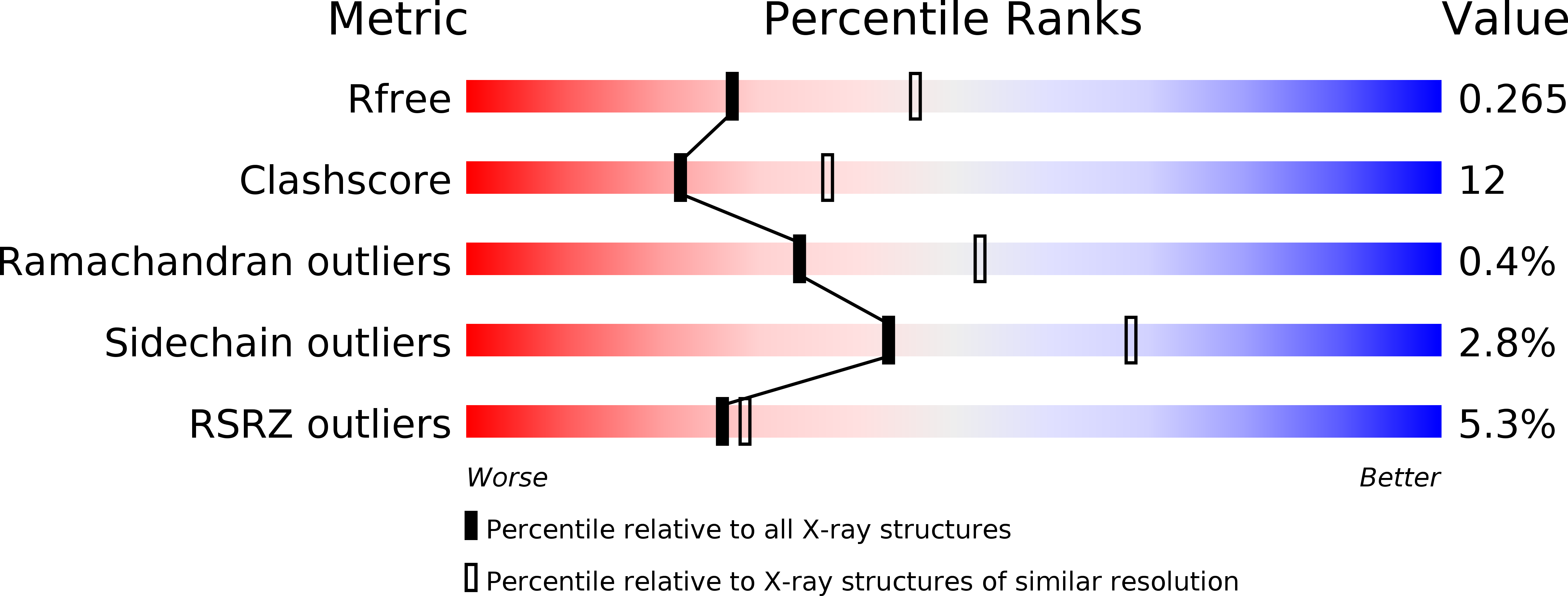
Deposition Date
2010-10-26
Release Date
2010-12-08
Last Version Date
2024-11-06
Entry Detail
PDB ID:
3PEG
Keywords:
Title:
Crystal structure of Neurofibromins Sec14-PH module containing a patient derived duplication (TD)
Biological Source:
Source Organism:
Homo sapiens (Taxon ID: 9606)
Host Organism:
Method Details:
Experimental Method:
Resolution:
2.52 Å
R-Value Free:
0.26
R-Value Work:
0.22
R-Value Observed:
0.22
Space Group:
P 64 2 2


